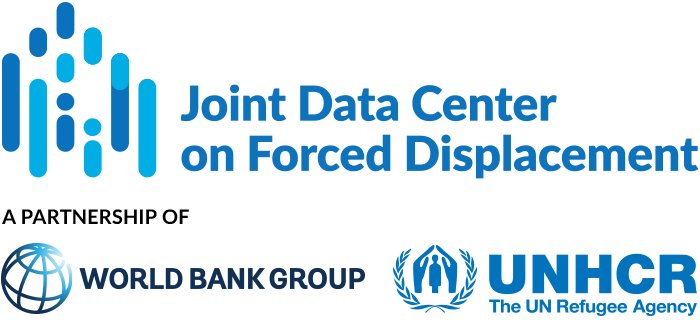JDC Literature Review
The JDC literature review contains summaries of recent publications and academic scholarship on issues relating to forced displacement.
The short-lived effects of unconditional cash transfers to refugees
This paper examines the effect of two large-scale cash transfer programs on the welfare of Syrian refugee households in Lebanon. Lebanon hosts approximately 1.5 million Syrian refugees. The authors quantify the effect of the multipurpose cash assistance program, which...
Does Aid Reduce Anti-refugee Violence? Evidence from Syrian Refugees in Lebanon
Lebanon, a country with a population of 4.5 million, has received more than a million refugees since the outbreak of the Syrian civil war in 2011. Most Syrian refugees live in individual accommodation in Lebanese towns. This paper examines the effect of aid to...
An Adaptive Targeted Field Experiment: Job Search Assistance for Refugees in Jordan
The Government of Jordan estimates that around 1.3 million Syrian refugees have arrived in the country since the beginning of the Syrian crisis, of whom 660,000 have registered with UNHCR. This paper estimates the effect of a program to assist Syrian refugees and...
Life out of the Shadows: Impacts of Amnesties in the Lives of Refugees
This paper estimates the causal effects on wellbeing of a regularization program offered to half a million undocumented Venezuelan migrants in Colombia. Colombia hosts almost two million Venezuelans displaced abroad. The Permiso Especial de Permanencia (PEP) grants...
Do refugee camps help or hurt hosts – The case of Kakuma, Kenya
This paper examines the impact of the Kakuma refugee camp in Kenya on the economic welfare of the host population. At the time the paper was written, the Kakuma camp accommodated 180,000 refugees, mainly from South Sudan and Somalia. The Kakuma camp is situated in the...
Welfare Impact of Hosting Refugees in Ethiopia
This paper examines the impact of refugee inflows on the welfare of host households in Ethiopia. The author examines the impact on consumption expenditure per capita and wealth of host households, and investigates three potential mechanisms for these effects, namely:...
Integration of Venezuelan Refugees and Migrants in Brazil
Brazil is hosting over 260,000 Venezuelans as of the second quarter of 2020. The majority of Venezuelan refugees and migrants enter and settle in the northern localities of Roraima (50 percent) and Amazonas (19 percent) bordering Venezuela. Brazil’s legal framework...
Rapid evidence assessment: what works to protect children on the move
This rapid evidence assessment examines interventions that have been effective in ensuring the protection of children on the move, distilling those factors that improve or hamper effectiveness. The analysis is based on a review of 89 studies of health and education...
No Lost Generation: Supporting the School Participation of Displaced Syrian Children in Lebanon
According to the authors, in 2014 there were around 1.5 million Syrian refugees in Lebanon—including 500,000 children of primary school age—out of a total population of 5.9 million. Several policies have been implemented to encourage school attendance including:...
Leaving No One Behind: Refugee Inclusion in the World Bank’s Response to COVID-19
This report argues that refugees, who are typically left out of development plans, are at risk of being left out of national COVID-19 response plans funded by donors like the World Bank. The report sets out five key actions the World Bank—and other international...


